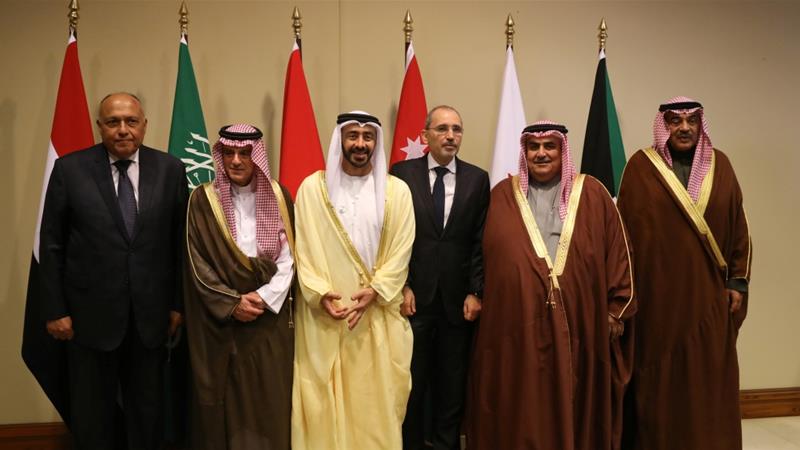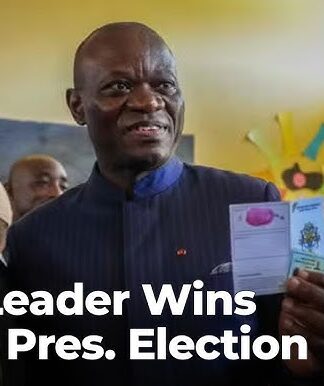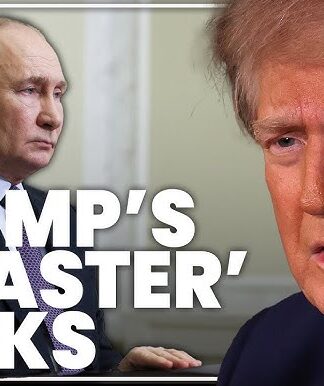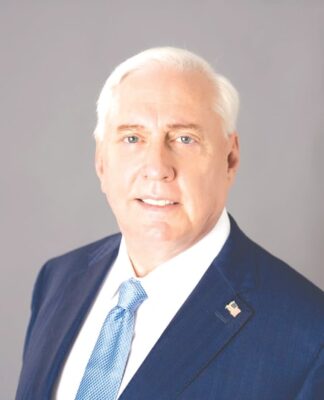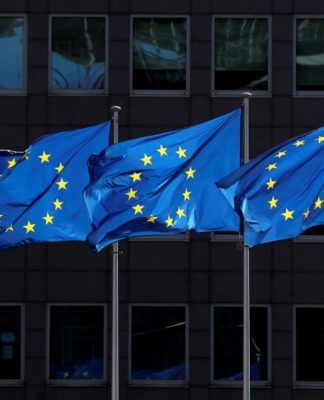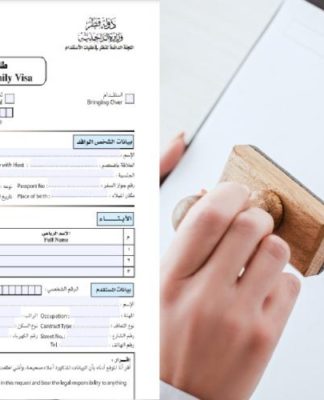Egypt, Kuwait, UAE, Saudi Arabia and Bahrain send ministers to Jordan seeking agreement on regional crises.
![Six Arab foreign ministers meet in Jordan 'to align policy' Jordan's Foreign Minister Ayman al-Safadi was joined by the five diplomats at King Hussein Bin Talal Convention Centre on the Dead Sea [Muhammad Hamed/Reuters]](https://www.aljazeera.com/mritems/imagecache/mbdxxlarge/mritems/Images/2019/1/31/f0dbb753b56a46f38bf093da8b5af351_18.jpg)
Six Arab foreign ministers have held a “consultative meeting” in Jordan on Thursday in a bid to unify their stances on regional crises, the Jordanian foreign minister has said.
Jordan’s Foreign Minister Ayman al-Safadi was joined by the five diplomats at King Hussein Bin Talal Convention Centre on the Dead Sea.
Prior to the meeting, Jordanian Foreign Ministry Spokesperson Sufian Qudah said the ministers would discuss bilateral relations and regional developments.
Foreign Minister Sameh Shoukri of Egypt, Sabah Khaled Al Sabah of Kuwait, Abdullah bin Zayed Al Nahyan of the United Arab Emirates, Khalid bin Ahmed Al Khalifa of Bahrain and Minister of State for Foreign Affairs Adel al-Jubeir of Saudi Arabia arrived in Amman on Wednesday.
They met Jordan’s King Abdullah II, who urged “the importance of coordinating Arab positions on regional issues”, according to the royal court.
King Abdullah also stressed the need for ending the Israeli-Palestinian conflict based on the two-state solution and the Arab Peace Initiative, and in a way that guarantees the establishment of an independent Palestinian state on the pre-1967 lines, with East Jerusalem as its capital, The Jordan Times reported.
Willing to reconcile
The Dead Sea meeting comes as countries in the Middle East are showing a growing willingness to reconcile with the government of Syrian President Bashar al-Assad, and amid reports that Damascus could be re-admitted to the Arab League during this year’s summit to be held in Tunisia in March.
Last month, the UAE reopened its embassy in Damascus and Jordan appointed a charge d’affaires at its embassy.
Meanwhile, the feud between four Arab countries and Qatar continues. In June 2017, Saudi Arabia, the UAE, Bahrain and Egypt severed diplomatic and trade ties with Qatar, accusing it of supporting terrorism, a charge that Doha denies.
Jordan and Kuwait have so far remained neutral in the feud.
|
|
US-China hail trade talks progress as Trump touts Xi meeting
China says ‘important progress’ in latest round of US talks aimed at resolving dispute between top two global economies.
![US-China hail trade talks progress as Trump touts Xi meeting US President Donald Trump meets China's Vice Premier Liu He in the Oval Office of the White House [Jim Young/Reuters]](https://www.aljazeera.com/mritems/imagecache/mbdxxlarge/mritems/Images/2019/2/1/3d43a1395910407e8a232fd4653fe1c9_18.jpg)
Chinese and United States negotiators have made “important progress” in their latest round of trade talks, according to China’s state media, as US President Donald Trumpsaid he would soon meet his Chinese counterpart to try to secure a comprehensive deal between the world’s two largest economies.
The two sides held “candid, specific and fruitful” discussions during two days of high-level talks in Washington, DC, the official Xinhua news agency reported on Friday, citing a statement from the Chinese delegation.
US negotiators also cited substantial progress following the conclusion of the talks, even as the White House emphasised in a statement that a scheduled tariff increase on $200bn of Chinese goods to 25 percent from 10 percent was a “hard deadline” if no deal was reached by March 1.
Economists say that prospect – a sharp escalation in the US-China dispute which last year saw the two countries slapping tariffs on more than $360bn in two-way trade – would be a big blow to the global economy.
Speaking at the White House during a meeting on Thursday with Chinese Vice Premier Liu He, Trump said he was optimistic that the economic powerhouses could reach “the biggest deal ever made.”
With economic growth in China’s slowing sharply – partly due to Beijing’s efforts to reduce debts – and investors on edge at the prospect of further trade disruptions, the stakes for the talks have become especially high.
But the negotiations have been complicated by Washington’s aggressive actions against Chinese telecoms giant Huawei, with the US Department of Justice this week unveiling sweeping charges against the company and some of its executives, including Meng Wanzhou, the chief financial officer and daughter of its founder.
“It remains to be seen whether a deal can be done between the two sides if Meng remains under house in arrest in Canada pending extradition to the US,” Al Jazeera’s Adrian Brown, reporting from Beijing, said.
He added that the Huawei saga has overshadowed the trade talks amid widespread belief in Beijing that the case brought against the world’s largest supplier of telecommunications network equipment and second-biggest maker of smartphones is “politically motivated”.
|
|
No specific plans for a meeting with Chinese President Xi Jinping were announced but Trump said there could be more than one meeting.
Hainan island, off the southern coast of China and close to Vietnam and Thailand – the two countries mentioned as the most likely locations for a second summit later this month between Trump and North Korean leader Kim Jong UN – is being touted as a possible site for the Trump-Xi meeting, as will as Beijing.
“For reasons of face, Xi would rather meet Trump here,” Brown said from the Chinese capital, noting that the Chinese president Jinping “needs a deal right now” because of China’s slowing economy.
“That would look good for him but also enable him to show to the Chinese people that the president of the US has come here because he’s so desperate to do a deal,” Brown added.
US Trade Representative Robert Lighthizer and Treasury Secretary Steven Mnuchin were invited to bring a US negotiating team to Beijing around mid-February, with dates still pending.
‘Farmers happy’
Prior to this week’s talks, Beijing had offered to resume purchases of US soy beans, a key export, sales of which had plummeted during the trade war, leaving US farmers reeling. Some exports have since resumed.
At Thursday’s meeting with Trump, Liu said China agreed to purchase an extra 5m tons of soybeans per day. The move drew a positive reaction from Trump, who said it would “make our farmers very happy”.
The White House later clarified that the purchase would not be daily and there had been no time frame set.
While China has offered increased purchases of US farm, energy and other goods to try to resolve the trade disputes, negotiators dug into thornier issues, including Washington’s demands that Beijing takes steps to protect US intellectual property and end policies that the White House says force US companies to turn over technology to Chinese firms.
Lighthizer said there was “substantial progress” on these issues, including verification mechanisms to “enforce” China’s follow-through on any reform commitments it made.
“At this point, it’s impossible for me to predict success. But we’re in a place that if things work out, it could happen,” Lighthizer said at the Oval Office meeting.
Later, he told reporters that the US objective was to make China’s commitments “more specific, all-encompassing and enforceable” with a mechanism for taking action if Beijing failed to follow through, but declined to provide specific issues.
Reuters news agency previously reported that such an enforcement mechanism would involve a snap-back of US tariffs.
Asked whether the two sides discussed lifting US tariffs on Chinese goods, Lighthizer said tariffs were not part of the talks.
A person familiar with the discussions said a broad range of concerns about access to Chinese agricultural markets were raised in the talks but little progress was made.
|
|
Trump said he did not think he would need to extend the March 1 deadline. “I think when President Xi and I meet, every point will be agreed to,” Trump added.
But Trump has vetoed multiple proposed trade deals with China, choosing to push ahead with tariffs on Chinese goods to gain leverage.
Earlier, Trump said on Twitter he was looking for China to open its markets “not only to Financial Services, which they are now doing, but also to our Manufacturing, Farmers and other U.S. businesses and industries. Without this a deal would be unacceptable!”
Washington complaints on technology transfers, and intellectual property protections, along with accusations of Chinese cyber theft of US trade secrets and a systematic campaign to acquire US technology firms, were used by Trump’s administration to justify punitive tariffs on $250bn worth of Chinese imports.
China has retaliated with tariffs of its own, but has suspended some and is allowing some purchases of US soybeans during the talks.
Chinese officials have said their policies do not coerce technology transfers.
The US tariffs on Chinese goods are just one front in Trump’s efforts to upend the global trading order with his “America First” strategy. He has also imposed global tariffs on imported steel and aluminium, washing machines and solar panels and has threatened to raise tariffs on imported cars unless Japan and the European Union offer trade concessions.
SOURCE: AL JAZEERA AND NEWS AGENCIES













